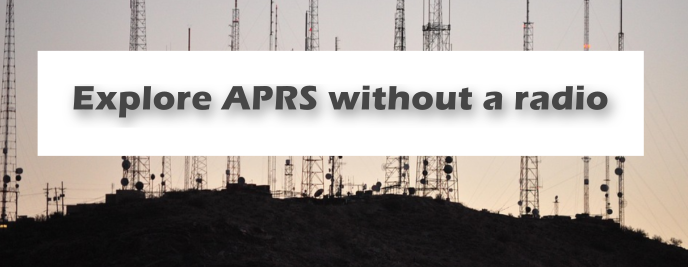Most amateur radio operators probably think of tracking an object on a map when they hear the term APRS but it’s a whole lot more than that. APRS is the Automated Packet Reporting System and it is a powerful tool for situational awareness, emergency communications, and seamless global messaging. I’ve…
Emergency Communications
All topics related to emergency communications, not necessarily related to amateur radio.
Using PinPoint APRS with APRS-IS
If you’ve ever wanted to access the APRS network directly from your Windows workstation, PinPoint APRS is an incredible tool that lets you do just that. Whether you’re monitoring APRS traffic, sending position reports, or messaging with other stations, PinPoint gives you a full-featured APRS-IS gateway right from your desktop….
When Solar Isn’t Enough: Charging LiFePO4 Batteries From the Grid
My Gear of Choice: Jump below to see What Gear Makes the Cut in my Ham Shack As a licensed ham, I rely on lithium iron phosphate or LiFePO4 batteries to keep my gear running 24 hours a day. In fact, I am continuously on backup power. I have utility…
5 New Rules That Resulted From The Titanic Disaster
Two Rules are Specific to Radio Communications In the early days of maritime wireless communication, years before the Titanic Disaster, CQD emerged as one of the first standardized distress signals. Introduced in 1904 by the Marconi International Marine Communication Company, CQD was widely used by ships equipped with Marconi wireless…
Why the J-Pole Antenna is Essential for Reliable Emergency Communications
The J-Pole antenna is a notable design that has gained significant traction among amateur radio operators due to its simplicity and effectiveness. The J-Pole antenna is a half-wave dipole composed of a vertical element and a quarter-wave matching stub for precise tuning. This simple configuration makes it a good choice…





